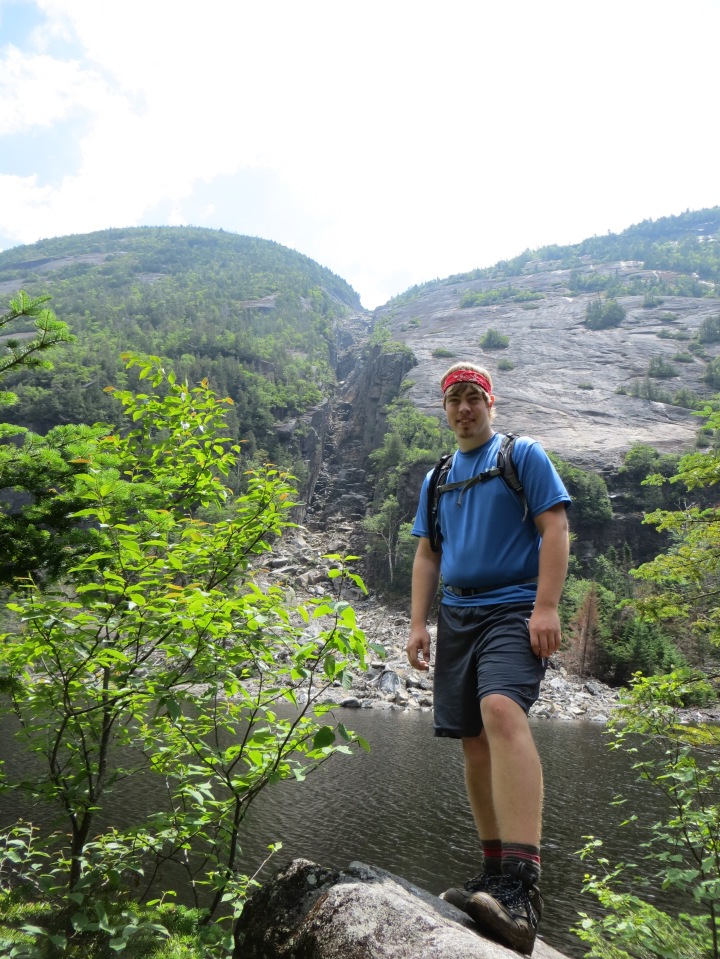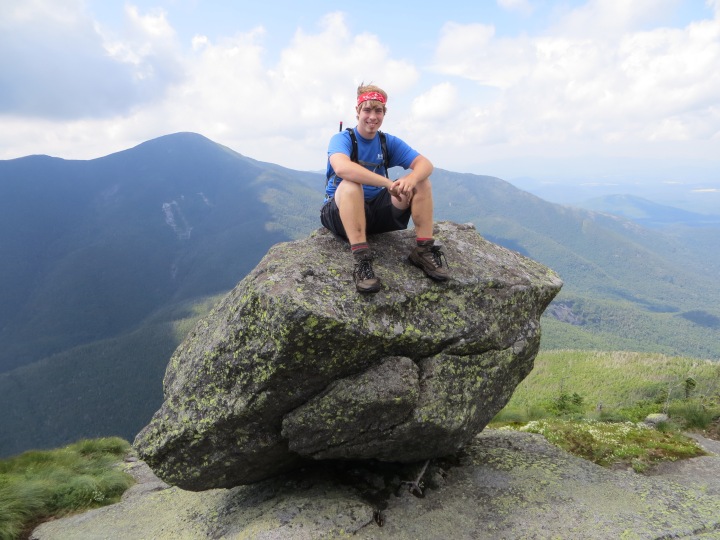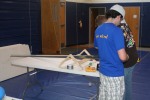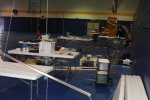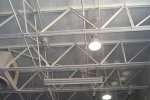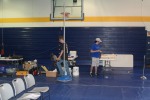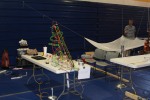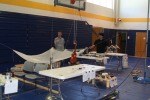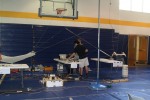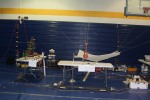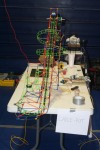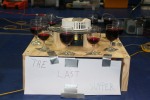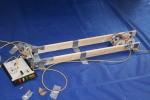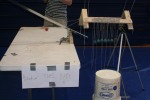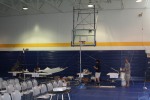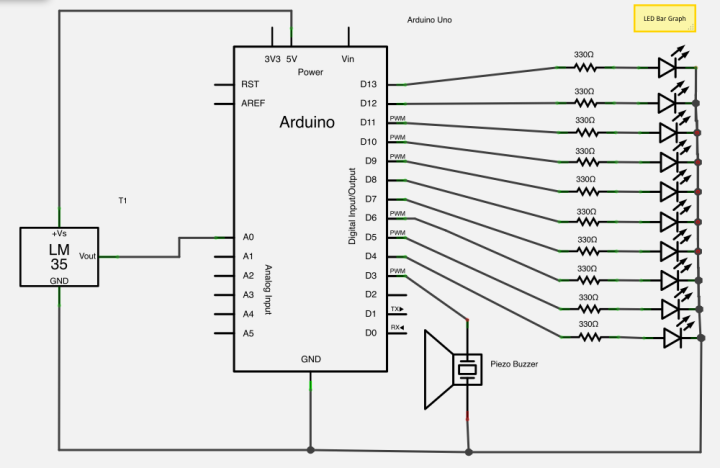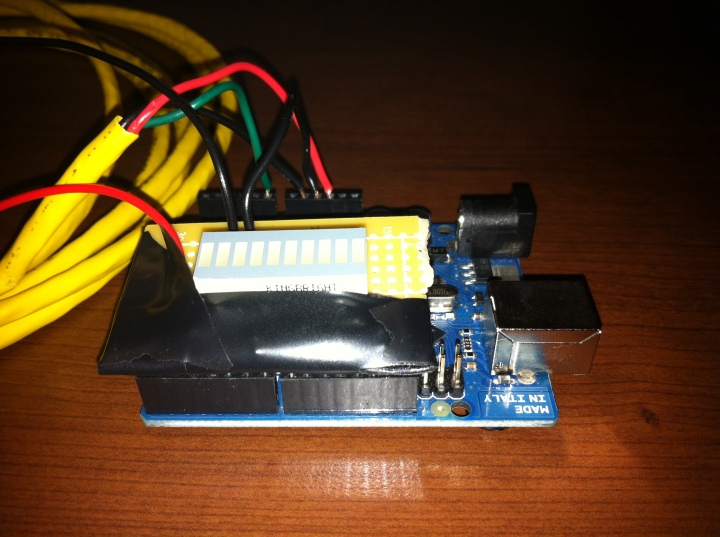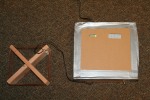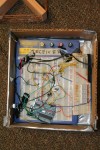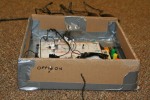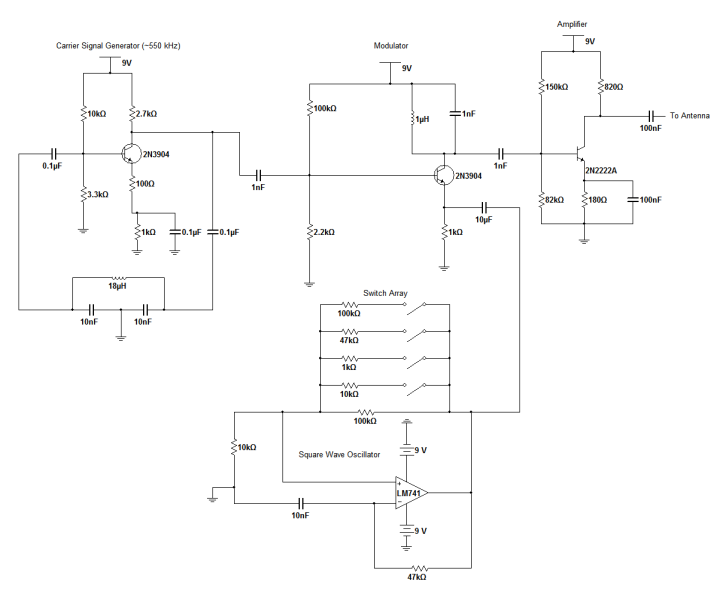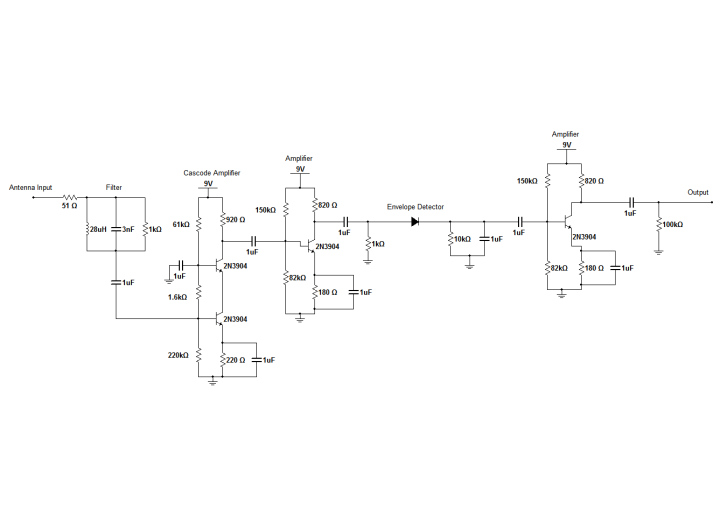Some of you may be familiar with MIT’s Open Courseware initiative that has been a key player on the scene to make higher education available to those without the funds or ability to otherwise attend college. They have provided online video lectures, assignments, and exams in order to allow students to follow along and teach themselves the material. While it is not the same as actually taking the class, it provides the opportunity to learn the same material as provided in the actual course.
However, they have now expanded the program to include not just the course materials, but actual online courses from MIT, Harvard, and Berkley, naming this new venture edX. They have a few different courses in chemistry, computer science, and engineering to start. It builds upon the foundation of the OCW program, arranging the material into a more structured and interactive format.
This semester I have decided to participate in the 6.002x course in Circuits and Electronics from MIT. I already have covered all of the subjects covered in 6.002x during my time at LETU, but I am curious to experiment and see the different ways in which the MIT course explains the material. The course includes online homework assignments and online labs due each week. The video lecture is presented in a very interactive way, split up into short 2-10 minute sections with interactive problems and examples between the clips.
So far I have found the material to be engaging and enjoyable. Through week 3 now, we have covered basic circuit analysis methods, a little power analysis, and we are now discussing the fundamentals of digital logic, designing logic gates from MOSFETs. Pretty cool stuff to get 3 weeks into a freshman EE course. I’ve enjoyed it so far and I’ll keep you posted on my thoughts as I keep going. Now off to work on senior design and a couple other projects I haven’t had the time to post about yet. Doing some pretty cool stuff using the Arduino, RF technology, and working on integrating the new Raspberry Pi I managed to snag this past week.
– JHB

